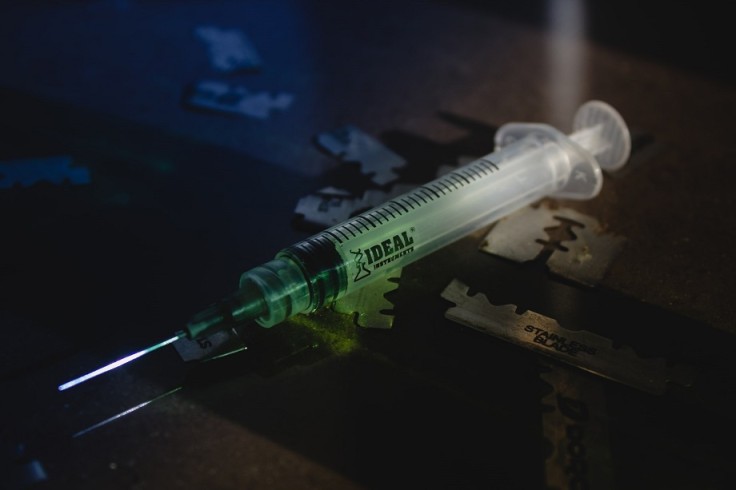Transplanting brown adipose tissue in people with obesity and type 2 diabetes could benefit them. The Joslin Diabetes Center research team did a study by injecting human brown-like (HUMBLE) fat cells into patients with metabolic diseases.
Joslin's Section on Integrative Physiology and Metabolism senior investigator, Yu-Hua Tseng, Ph.D., explained their study. She said that the transplant of HUMBLE could be a potential therapy for people with obesity. Tseng said that they genetically modified human white fat cells. Their target is to make them be like heat-generating brown fat cells.
Brown fat cells burn energy
She noted that the brown fat cells burn energy instead of storing as the white fat cells do. It means that brown fat could lower blood glucose and lipid levels that are linked to diabetes. However, Tseng said that brown fat cells are fewer in people with obesity or those who are overweight.
See also: Liver Cells Grow in Pig Lymph Nodes, Study Proves [Humans Soon to Undergo Clinical Trials]

At the progenitor stage, Tseng and her team created brown cells from white fat cells. They used a variant of the CRISPR-Cas9 genome editing system to help boost the expression of UCP1, a gene that triggers white fat cells to turn into brown fat-like cells.
They transplanted the HUMBLE into mice who lacked an immune system. The research team found that it developed into cells that work like the mice's own brown fat-like cells.
Clears glucose from the blood and gained less weight
Also a medicine professor at Harvard Medical School, Tseng, and her team compared mice which had transplants and those that they fed a high-fat diet. They found that mice that have HUMBLE transplants had greater insulin sensitivity and were able to clear glucose from the blood. Apart from that, those who had HUMBLE transplants gained less weight than those who had white fat cells transplanted.
See also: Selfies Could Be Used to Detect Cardiovascular Diseases, Based on Research
Increased energy usage
The Joslin research team revealed that it is due to the signals from the transplanted cells to the mice's endogenous brown fat cells. They wrote that people know how brown fat cells help burn energy and have been proposed as a treatment for metabolic disorders. In this study, they revealed how it benefits humans cell-based. They found how it helps in the improvement of glucose tolerance and insulin sensitivity. They also found how it increases energy usage.
Tseng suggested that if the benefits of the HUMBLE technique is proven in clinical studies, then they might be able to generate this cell for each patient.

See also: Women Who Gave Birth to Premature Infants Are More at Risk of Early Death, Study Proves
However, since the individualized approach is both complex and expensive, the Tseng lab is trying to pursue two substitute routes. The first one would be to use encapsulated cells using biomaterials to prevent rejection by the immune system. The second option is to use gene therapies that express the UCP1 gene directly from white fat cells.
Tseng said that they are moving on with their study amid the pandemic. They want to help people who are at higher risk of getting the deadly disease to have a better quality of life.